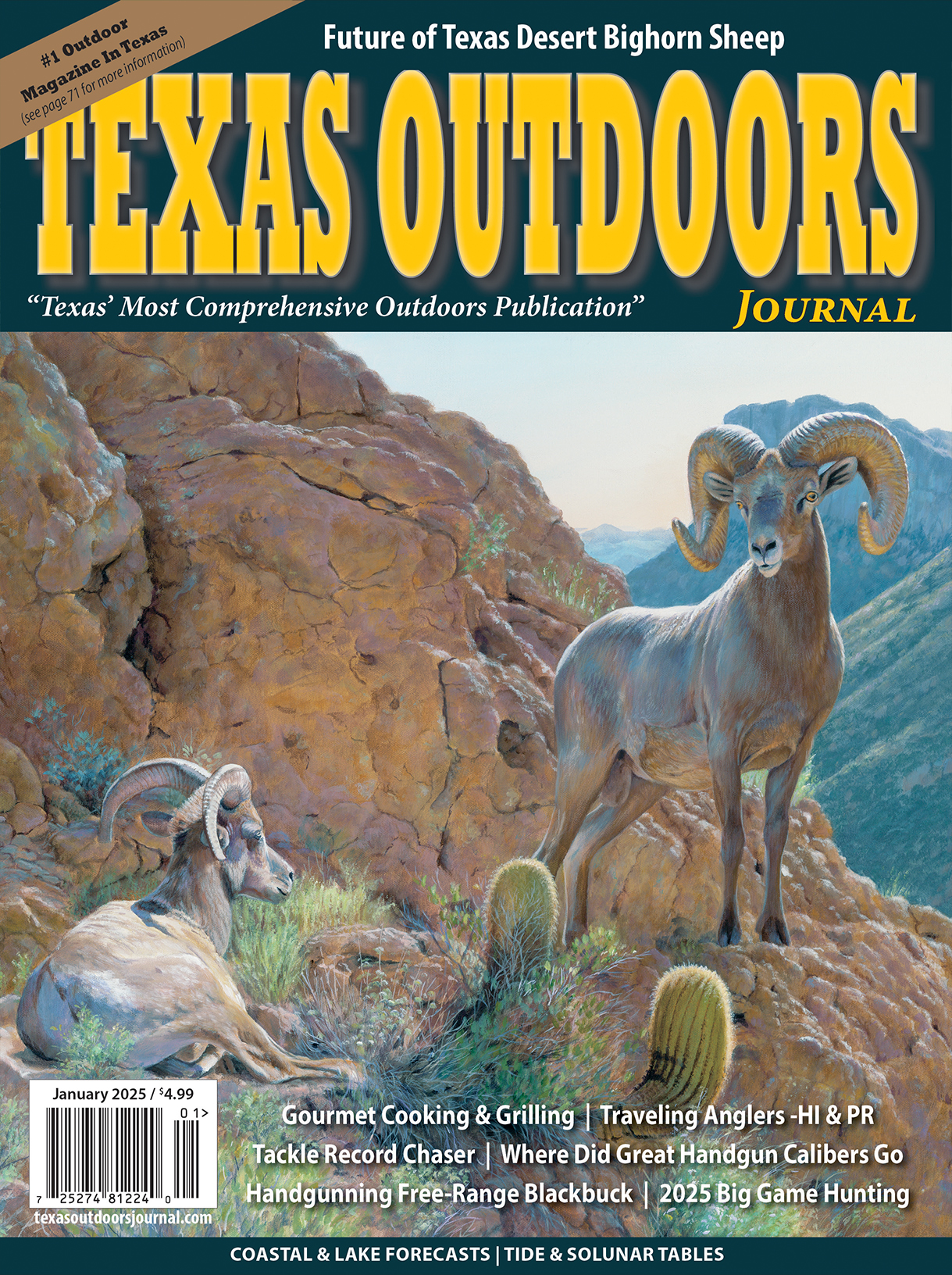
Endangered Aplomado Falcon Chicks Fledging at Mustang Island State Park
On June 1, researchers put leg bands on fuzzy Aplomado falcon chicks at Mustang Island State Park, where a pair of adult falcons occupy one of 67 artificial nest structures maintained along the Texas coast. A few days later, on June 5, scientists banded the 500th Aplomado falcon in Texas. It’s all part of ongoing monitoring to maintain the success of a wildlife restoration effort begun decades ago.
The nonprofit Peregrine Fund, Texas Parks and Wildlife Department and the U.S. Fish and Wildlife Service began the Mustang Island project in 2012, when 15 Aplomado chicks were released there. Controlled burning and other work to restore native coastal prairie have been essential to pave the way for reintroduction.
The Mustang Island project is part of broader restoration work in Texas, in which 997 birds were released into the wild at 27 Texas sites, including many private ranches, from 1993 to 2013. This year researchers observed approximately 65 Aplomado falcons along the Texas coast, down from the 100 observed the year before due to losses Hurricane Harvey, but still dozens more than before restoration work began.
The chicks at Mustang Island State Park will fledge (grow flight feathers) in about 10 days. They’re expected to hang around for a few weeks and likely will be gone in two months.
State park visitors may see the adult falcon pair from State Highway 361 where it runs through the state park, although great care should be taken since parking along the highway is not ideal, and there are no park roads nearby. In recent weeks, the adult birds have been sitting on powerlines by the highway.
“They wait for smaller birds or large insects like big grasshoppers to fly by, then they swoop down and catch them in mid-air,” said Eric Ehrlich, Mustang Island State Park interpreter.
Ehrlich regularly takes visitors out to see the birds, sometimes while they are hunting in the prairie or at other locations in the park that the birds use. Some visitors have traveled long distances to see the birds.
“Visitors have come from as far away as Canada,” Ehrlich said. “These birds are really fascinating to watch.”
Aplomado falcons are some of the world’s fastest and most agile fliers. Aplomado is a Spanish word for dark grey, the color of the bird’s back. Adults have a long banded tail and a black cummerbund, contrasting with a white upper body. A distinguishing characteristic is a white dash above each eye. They are typically 15‐17 inches in length and weigh 9‐14 ounces. The falcons feed primarily on small birds and insects caught in the air. They require open grasslands and savannahs where tall cacti, yuccas and taller pines and oaks grow in open stands. Aplomado Falcons nest in old stick nests of hawks and other birds constructed in tall yuccas and lay usually two or three eggs.
The northern Aplomado falcon (Falco femoralis) was placed on the federal endangered species list in 1986, primarily because of loss of the grassland prairie habitat where they hunt. In Texas, most of the native coastal prairie has been lost due to fire suppression, invasive brush encroachment and conversion of grassland to agricultural fields, housing and other uses. Conservation partners are working together to reintroduce the birds, and parks, refuges and private ranch lands are being managed to maintain natural grasslands for Aplomados and many other prairie species.
Since 1984, The Peregrine Fund has released Aplomado Falcons in wide‐open grassland
areas that provide native food and shelter. They are raised in captivity at The Peregrine Fund’s
World Center for Birds of Prey in Boise, Idaho.
PHOTOS for this story are available on TPWD’s Flickr account as high resolution .jpg files.







